Ian McMillan on Hoyland, Barnsley – and a stroll with Barry Hines

By Ian McMillan
Between Wombwell and Junction 36 of the M1, you’ll come to Hoyland and Hoyland Common and Hoyland Nether but not High Hoyland because that’s somewhere else in a different part of the borough. In one place you’ve got all the Hoylands except one.
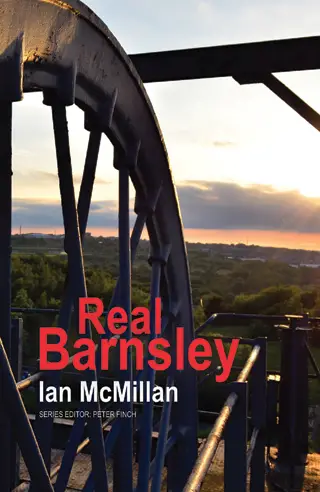 The word Hoyland is an ancient one and it means ‘a farm on a hill’ but it’s unusual that a great concentration of the Hoylands in the country are in this part of the world, farms dotting the hills like sheep before the coal was found and shovelled out of the floor.
The word Hoyland is an ancient one and it means ‘a farm on a hill’ but it’s unusual that a great concentration of the Hoylands in the country are in this part of the world, farms dotting the hills like sheep before the coal was found and shovelled out of the floor.
When I was a young man Hoyland Nether had its own Urban District Council, like a number of the towns and villages in the borough and was only called Hoyland Nether to distinguish it from High Hoyland, which isn’t as high as Hoylandswaine, but that’s another story. In the end, Hoyland and Hoyland Common and Hoyland Nether are all really segments of the same place but don’t tell the people who live there that.
“Wilder fringes”
The most striking architectural feature of this part of Barnsley is Hoyland Lowe Stand, which isn’t Lowe, it’s high, because it’s said to be the highest point in South Yorkshire. I promise I’ll stop soon.
This building which is listed but is in an advanced state of decay, was originally a hunting lodge and observatory for the ubiquitous Marquess of Rockingham, one of the Wentworths who spread like upper-class bindweed across the county. The neglect of the building is tragic and despite the valiant efforts of yet another friends group, the Friends of Lowe Stand, could only be seen to be getting worse with the internal spiral staircase almost gone, but as you walk or drive by it you can imagine how magnificent it would once have been.
I’m not sure that it really is the highest point in the county because there must be places nearer the clouds around Penistone or on the wilder fringes of Sheffield but when you stand by the Stand and the wind flaps the notebook in your hand then you feel high, really high. You could almost be a Wentworth and you wonder whether any trace of any Wentworth DNA is floating around your greying quiff and giving you a kind of toff-glow.
Hoyland is known as the birthplace of the great South Yorkshire (and beyond) novelist and anti-toff Barry Hines who was born there in 1939. The novel A Kestrel For A Knave pervades Barnsley like Moby Dick pervades Nantucket.
“Musings”
I remember once going on a stroll with him down the streets he used to play in as a child to record his musings and recreate a feeling for the place for a radio programme. He was enthusing about the walls he kicked the ball into and the alleys he hid from the grownups down when we noticed an older man in a flat cap digging a garden as though he was a dictionary definition of the word stolid.
He regarded us in the same way a boiled egg might look at a spoon. Actually, although Barry isn’t with us any more, I can imagine him telling me off for using the word ‘regarded’ when I could have said ‘looked at’. ‘We don’t regard, Ian lad,’ he would say, his voice revving up as he got into his stride, ‘we look at things. We just look at them.’
The older man looked at him and pushed the cap back on his gleamingly-domed head. ‘Hello,’ said Barry eagerly, sticking his hand over the fence for the man to shake. The man looked at the hand as though it was a fish that had come out of the fryer in the chip shop too soon. ‘We know who thy are,’ he said, the air withering around him.
 “Became a boom-town”
“Became a boom-town”
Hoyland Common and Platts Common weren’t really villages until after the enclosure act; they remained as farming settlements until the pits were sunk and houses were built for miners and nailers who would make nails and then take them down to Lincolnshire by cart. Like many of the villages in the area, once the miners came, Hoyland became a boom-town Klondyke, indeed, a contemporary writer noted that ‘The village of Hoyland Common seems to be improving with something of the speed observable in American towns’ as the local mines flourished.
Miners from here would work at Elsecar, at Barrow Colliery, a huge pit with three shafts, Hoyland Silkstone Colliery which was situated at Platts Common, Lidgett Colliery, Rockingham Colliery and Hemingfield Pit. Not much remains of any of these enterprises, although the engine houses for the Lidgett Colliery, a small pit which shut well before nationalisation, are used as a garage and can be seen by the side of the road that leads up to Hoyland Common from Harley.
Hemingfield Pit, a tiny mine near Elsecar, is being lovingly restored by, yes, a group of volunteers called Friends of Hemingfield Pit who hold fortnightly open days and who are determined to make this site part of the archaeological ecology of the town.
Article taken from ‘Real Barnsley’ by Ian McMillan, published by Seren, £9.99, ISBN: 9781781724118
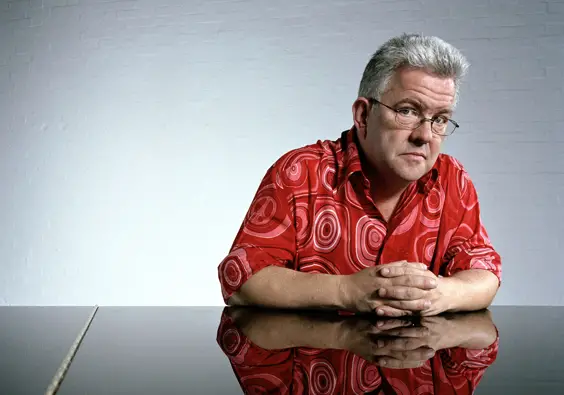
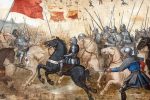

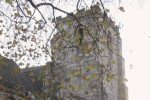





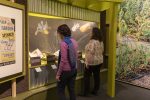

Does anyone know about the Hoyland Brick Company? 5 Generations of my family (William Thompson, Joel Thompson, Ralph Thompson, Alfred Thompson and Arthur Thompson) all worked there, 4 of whom were the Manager. I’d love to know more.
Hi Mary my grandad”s grandad built Noble st in Hoyland I think his name was Charles. I’m a Noble on mum’s side. We moved to Blackpool in 1940. Grandad had a few brothers John, Wilfred, Peter and some who died young that I can’t remember. There was a big family of them, mostly miners at the local pits. All the family are gone now but I still have second cousins living in Hoyland. It’s a small world . Mary Patricia Hewitt
How did Noble Street in Hoyland get its name.My grandfather lived in Lorretto cottage Hoyland and his name was Noble.I remember something about it was named after their family??King Street was also mentioned woukd love to know any history about this please.
TIA